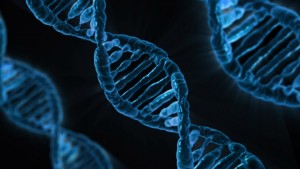NASA is conducting a lot of research in space, but interestingly enough, now they’re focusing on sequencing an integral biological molecule: DNA.
Ever since the first strands of DNA were sequenced in the 1970s, researchers understood the profound significance of analyzing genetics for a wide range of medical and biological research. DNA sequencing at large can be used to identify forms of life, study organism evolution and relation, pinpoint genetic diseases in individuals and assist in crime fighting.
On July 20th 2016, a SpaceX Dragon supply ship docked with the ISS carrying thousands of pounds of supplies including a hand-held DNA sequencer called “MinION.” The researchers aim to see if the sequencer works just as well in microgravity to see if it could potentially be used to detect life on Mars or in crew health application.
The implications of this research could be profound. Fungi growing on the ISS for instance can be identified without returning a sample to Earth. The DNA sequencer would help in the process as well as identify microbes and test cleanliness of air and water in real-time. The astronauts themselves can benefit as well. One would be able to look at DNA for permanent changes long-term and look at RNA to see if the human body or other organisms react in real-time.
The research itself will focus on sequencing the DNA of bacteria, viruses, and rodents from samples prepared on Earth with known genomic characteristics. Researchers on Earth will run similar experiments as a control.
For more information, please visit: www.nasa.gov/

